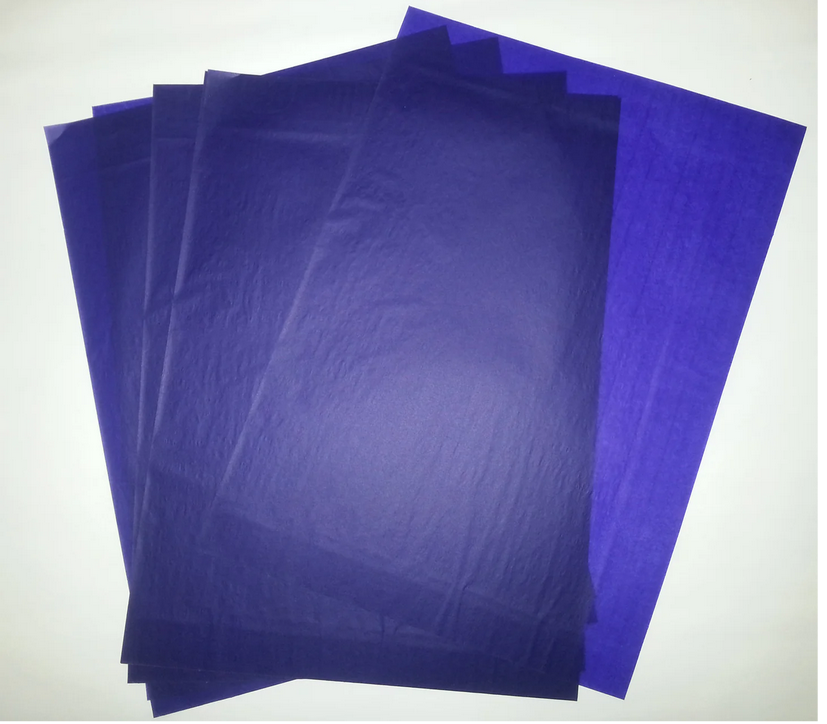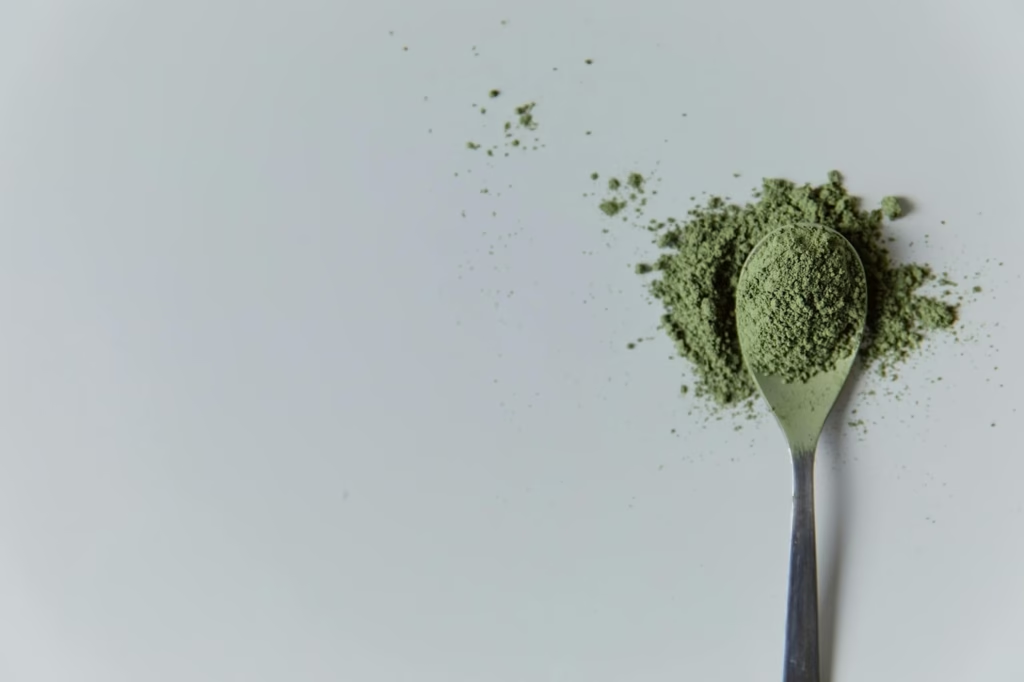
While carbon paper may seem outdated in our digitalized world, don’t be quick to dismiss it just yet!
Carbon paper is the thin black or blue wax-coated piece of paper that was used for creating duplicates of handwritten documents. While it has long been used primarily for the production of duplicates, many educators and crafters are using it for both old and new creative possibilities.
If you are an artist, a DIY enthusiast, a teacher, or simply someone curious, carbon paper can surprise you! You may find that it is versatile, affordable, and fun.
In this article, we’ll explore how carbon paper works and, just as importantly, how to engage with it in creative and clever ways that you may have never thought of.
How Does Carbon Paper Work?
Carbon paper is a lightweight sheet that is coated on one side with a pigmented wax or dye, traditionally blue or black. It is traditionally placed between two sheets of paper.
When the upper sheet of paper is written or drawn on, the pressure from the writing instrument causes the pigment to transfer to the sheet of paper below, creating a copy of whatever you have written or drawn.
The best part about carbon paper is that it’s simple. There are no ink cartridges, no printers, or digital images being sent to a printer, just pressure and pigment.
As a bonus, carbon paper works due to pressure so that it can be used on almost any surface. Carbon paper can be transferred onto wood, fabric, canvas, leather, and even soft clay, which means it can be used in many creative ways.
From Office Staple to Creative to
Carbon paper was introduced initially when efficiency was most valued (business forms, receipts, typewriters), but it is currently being used in workshops, classrooms, studios, and homes as an engagement tool for tactile learners.
Let’s explore some of the more creative and fun ways to use carbon paper.
1. Tracing Artwork on Any Surface
Carbon paper is ideal for transferring intricate designs and line art onto various surfaces. Because it can be used on wood, canvas, fabric, leather, or other surfaces, you can easily trace your design before the final paint or ink step or before using your carving tools.
Print your design, put the carbon sheet under the print and on top of the surface, and trace your design. The result is a clean, proportional outline to assist with your creative piece or to guide your work during the creative process.
Perfect for:
- Painting signs or wall art
- Embroidery layouts on fabric
- Patterns in leathercraft or woodburning
2. Low-Tech Monoprinting
Carbon paper is an excellent way to introduce the fun of monoprints, a printmaking technique that yields unique images. Simply place the carbon paper with the pigmented side facing down over a blank sheet and draw on the back side with a pen or stylus (the harder you press, the more pigment transfers).
Your lines will transfer to the paper below, and you will have a multi-layered, moody, expressive image with vintage appeal. You can try layering various drawings or add color later to give depth and personality to your piece. Carbon paper is especially effective for greeting cards, journals, or as an experiment in a sketchbook.
3. Making Personalized Cards and Stationery
You don’t have to be a professional artist to make beautiful handmade cards. With carbon paper, you can easily trace a downloaded design or quote onto card stock and then embellish it with pen, watercolor, or markers.
It’s a lovely way to create a unique and handmade card for:
- Holiday or birthday cards
- Wedding invites
- Gift tags or bookmarks
Last but not least, you can reduce waste by printing many projects from one sheet of carbon paper.
4. Creative Kids’ Activities
Carbon paper also has a magical quality when creating art projects with kids. Seeing their lines appear on a separate sheet is thrilling, like discovering a secret revealed from the world! It’s a great screen-free option that encourages coordination and fine motor development.
You can also use it to:
- Write secret messages or treasure hunt clues
- Practice letters and numbers
- Create simple tracing activities to improve hand control
It’s inexpensive, mess-free, and taps into kids’ sense of curiosity.
5. Working with Clay, Leather, or Ceramic
When it comes to artwork that is carved or painted onto a curved or textured surface, it can be complicated to freehand draw; however, carbon paper makes this easier. You can draw your design directly onto polymer clay before you bake it, or you can draw it onto a leather piece before stamping it.
Carbon paper is especially beneficial when designing earrings, trays, keychains, and ornaments because it helps keep your design and proportions consistent, especially when you’re making something that needs to be symmetrical.
6. Classroom and Workshop Use
In the classroom, carbon paper is a very versatile tool and can be used as a teaching aid or as part of a hands-on activity. Teachers can create templates using carbon paper for handwriting samples or art lessons.
In workshops, it is also easy to duplicate forms or outline steps for collaborative activities. Carbon paper is a simple, effective tool—ideal for low-tech or shared environments.
Final Thoughts
Carbon paper isn’t just a thing of the past; it’s a quiet companion in today’s creative world. It can help transfer art, support children’s learning through hands-on play, and provide a tactile satisfaction that digital shortcuts simply can’t replicate.
Next time you sketch, make something, or design by hand, consider reaching for a sheet of carbon paper. You might discover just how valuable and fun it can be.




